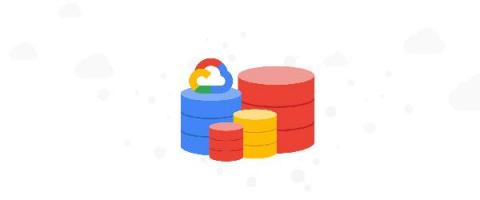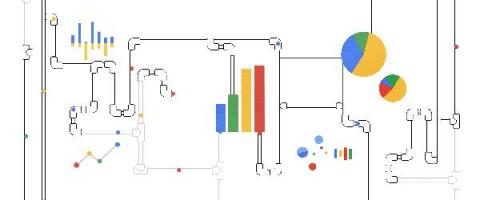Systems | Development | Analytics | API | Testing
Google BigQuery
Generating Google Slides with BigQuery and Apps Script
Quickly, easily and affordably back up your data with BigQuery table snapshots
Mistakes are part of human nature. Who hasn’t left their car unlocked or accidentally hit “reply all” on an email intended to be private? But making mistakes in your enterprise data warehouse, such as accidentally deleting or modifying data, can have a major impact on your business.
Build your data analytics skills with the latest no cost BigQuery trainings
BigQuery is a fully-managed enterprise data warehouse that helps you manage and analyze your data with built-in features like machine learning, geospatial analysis, and intelligent caching for business intelligence. To help you make the most of BigQuery, we’re offering the following no cost, on-demand training opportunities.
SQL Server SSRS, SSIS packages with Google Cloud BigQuery
After migrating a Data Warehouse to Google Cloud BigQuery, ETL and Business Intelligence developers are often tasked with upgrading and enhancing data pipelines, reports and dashboards. Data teams who are familiar with SQL Server Integration Services (SSIS) and SQL Server Reporting Services (SSRS) are able to continue to use these tools with BigQuery, allowing them to modernize ETL pipelines and BI platforms after an initial data migration is complete.
Ad agencies choose BigQuery to drive campaign performance
Advertising agencies are faced with the challenge of providing the precision data that marketers require to make better decisions at a time when customers’ digital footprints are rapidly changing. They need to transform customer information and real-time data into actionable insights to inform clients what to execute to ensure the highest campaign performance.
Optimizing your BigQuery incremental data ingestion pipelines
When you build a data warehouse, the important question is how to ingest data from the source system to the data warehouse. If the table is small you can fully reload a table on a regular basis, however, if the table is large a common technique is to perform incremental table updates. This post demonstrates how you can enhance incremental pipeline performance when you ingest data into BigQuery.
Google BigQuery
How to load Salesforce data into BigQuery using a code-free approach powered by Cloud Data Fusion
Organizations are increasingly investing in modern cloud warehouses and data lake solutions to augment analytics environments and improve business decisions. The business value of such repositories increases as customer relationship data is loaded and additional insights are generated.
BigQuery Admin reference guide: Recap
Over the past few weeks, we have been publishing videos and blogs that walk through the fundamentals of architecting and administering your BigQuery data warehouse. Throughout this series, we have focused on teaching foundational concepts and applying best practices observed directly from customers. Below, you can find links to each week’s content: Query Processing : Ever wonder what happens when you click “run” on a new BigQuery query?











